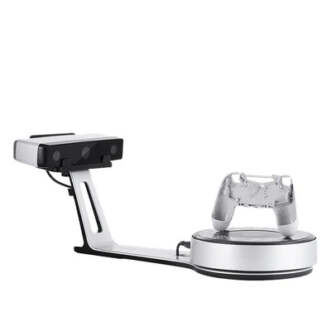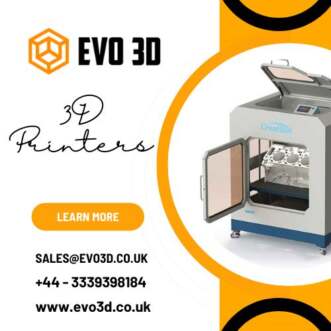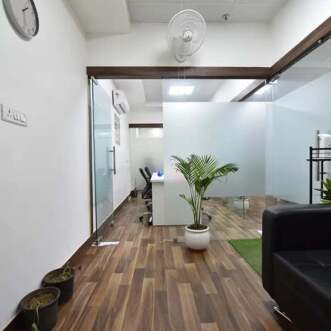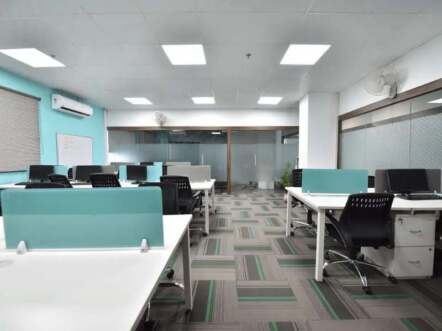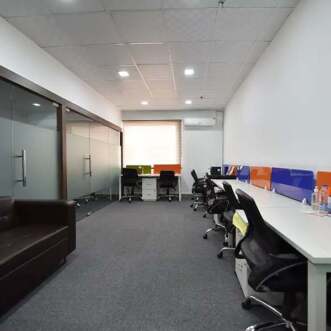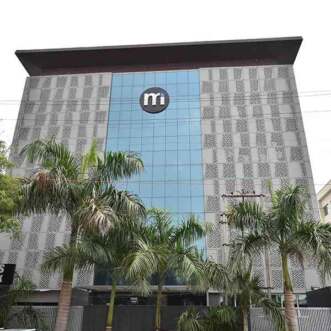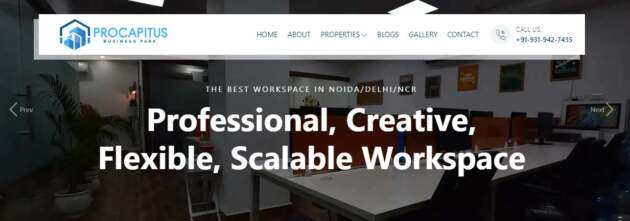
Everything You Need to Know About Buying an Industrial 3D Printer
In recent years, industrial 3D printing has had its fair share of ups and downs. It has enabled a variety of businesses to utilize tools that were previously restricted to a few industrial sectors. Industries such as Engineering, Jewellery, Defence, Education, and Entertainment are using additive technology more and more. Providing the highest level of support to businesses by maintaining low production costs and fast production. In this blog, we’re going to tell you how to purchase the best industrial 3D printer.
What Is Large-Form 3D Printing?
Industrial 3D printing, also known as large-form 3D printing (LFP), is a type of industrial 3D printing that has traditionally been done by machines or injection moulding. LFP is a cost-effective option that produces custom-made end products. LFP allows you to print almost anything, and for businesses, it eliminates the restrictions that come with traditional designs.
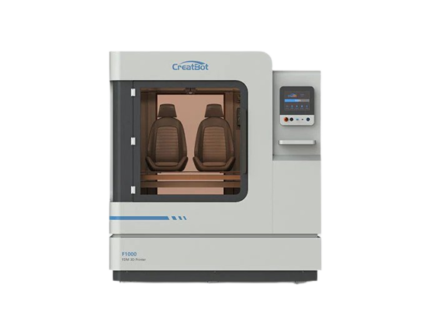
Here are a few things to keep in mind when purchasing industrial 3Dprint
Technology
Many equipment manufacturers use their software to build and slice. This has its own advantages and disadvantages. You need to have software that you are already using and want to include it in your daily routine.
Size
Depending on the size of the printer, you may want to consider whether you need a climate-controlled room and how you will place the printer.
When printing with a large format 3D printer, you need to look for an enclosed lab or find an open -frame for your printer. You want to buy a 3D printer that you need to keep in a climate-controlled room.
Materials
When comparing materials that you will be printing, you will want to consider whether you want your system to be open-source or closed-source. What is the difference between an open-source and a closed-source system?
With an open-source solution, you can use any material that meets your printer’s specifications. Some manufacturers choose to source their materials directly, while others keep it simple and stick with the suppliers, they purchased their equipment from. Manufacturers provide materials that need to be used in their system and only use their materials.
This approach has its advantages and disadvantages. The advantages include consistent material properties every time, while the disadvantages include expensive materials and limited material options.
Support
Local support is a common advantage of 3D printing companies. Ask for references, talk to customers who use the printers, and find out what they think of the company and if their experience with the service matches or exceeds what you are looking for.
If you are looking to purchase a high-capacity industrial 3d printer, you want the support you get to match the price.
If you’re looking for a printer that’s committed to your success, you’ll want to find one that will help you get started as quickly as possible. BigRep can provide local support through our global and regional offices (Berlin, Boston, USA, Singapore), as well as through our global reseller network.
Budget
Lastly, you need to know one essential question yourself is to know your budget. If you want to spend money on a cheap option, you should be ready for the repercussions and need to know whether it was worth it or not.
Talk to the experts and find out the right price for the product you want to buy. You can take out the budget for installation and equipment separately. If you have further constraints, you can lease your 3D printing services and talk to our experts who would like to suggest how you can have a return on investment (ROI). So, that is all and you are good to go for 3D printing.

